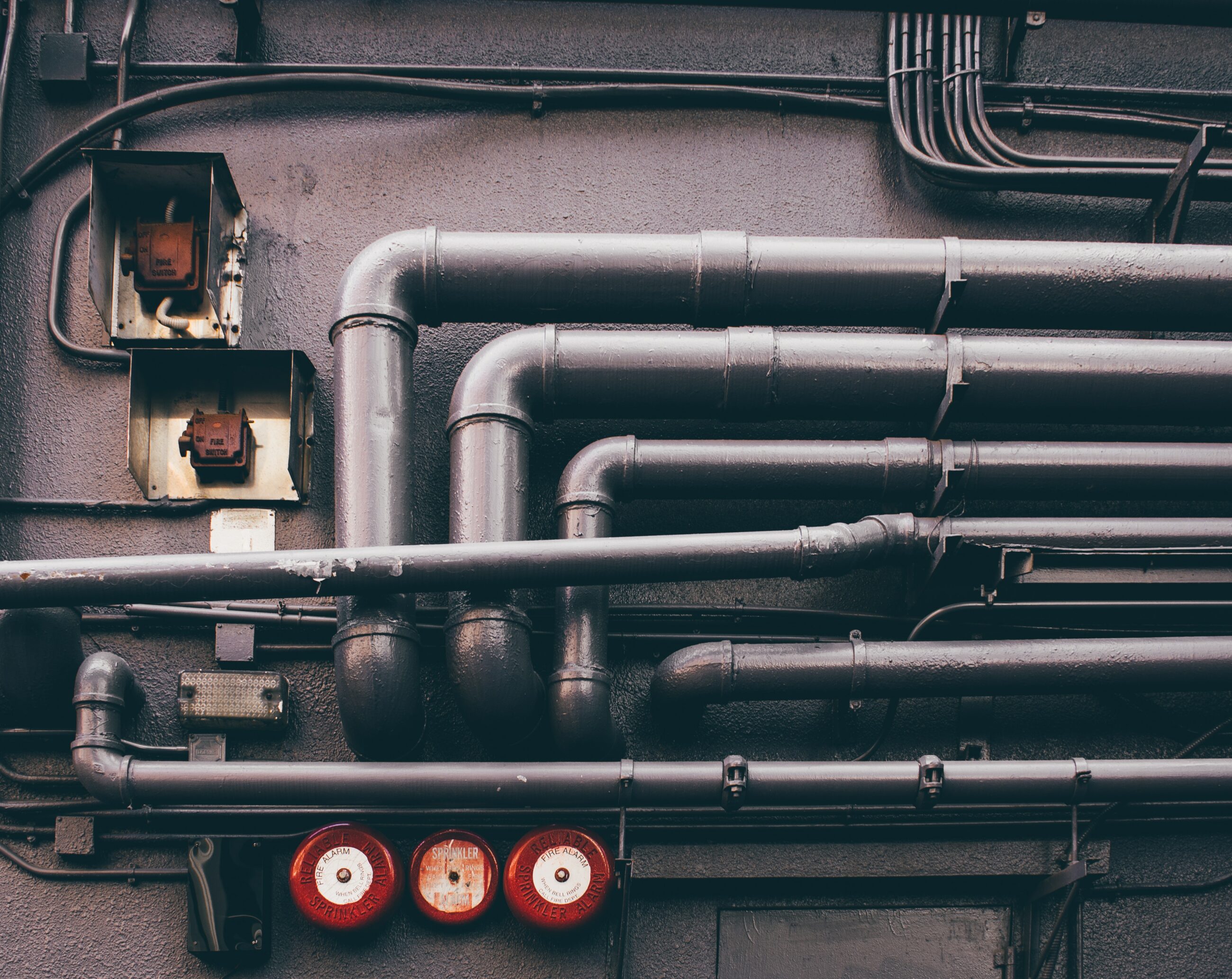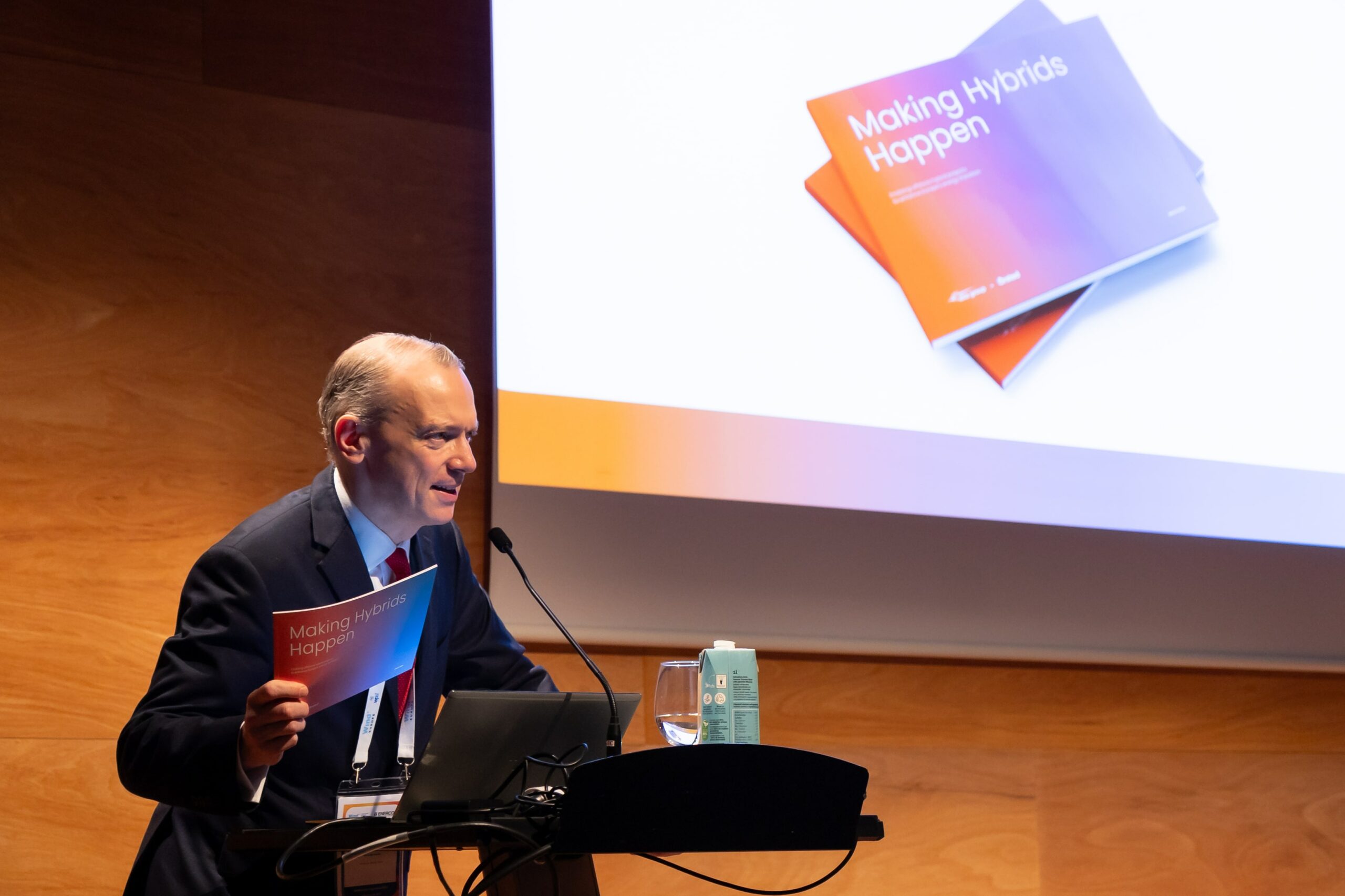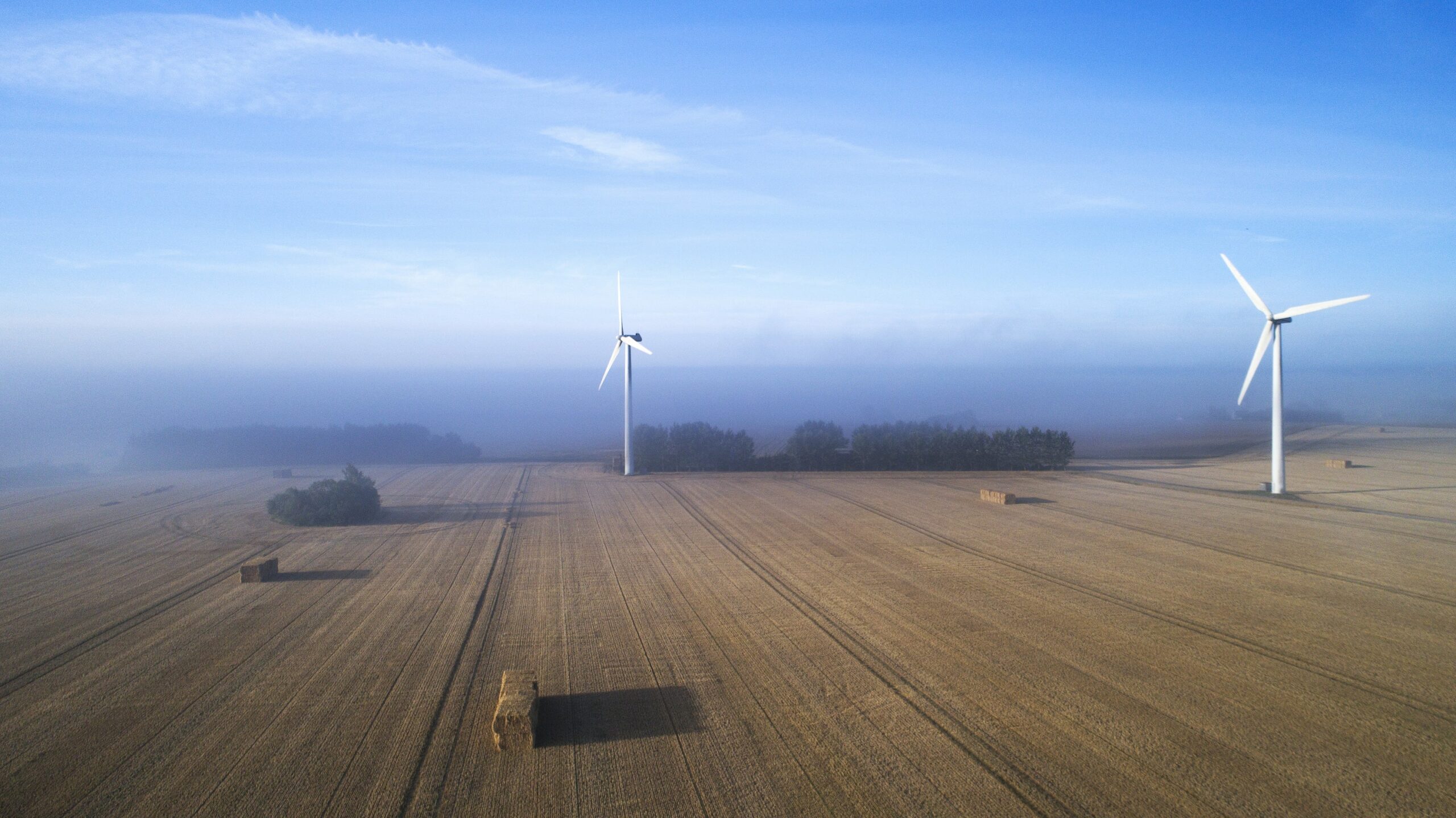News
Smart energy systems
The gas grid may be able to transport renewable energy


The large, shiny pipes in the town of Varde, Denmark are regular gas pipes, just like the rest of the Danish gas grid. However, when looking at the content in the closed system between the decoupled gas stations in the villages of Helle and Agerbæk, a clear difference shows. While natural gas and biogas still flow in the gas grid, hydrogen now makes up 12 per cent of the gas in the West Jutlandic grid.
Together with the Danish Gas Technology Centre and IRD Fuel Cells, Energinet is testing how extensive an amount of hydrogen the grid can handle, in the project "Hydrogen injection in the gas grid". The goal is to reach a hydrogen percentage of 15 and the purpose is to secure that the gas grid is ready to play an essential role in integrating the different energy systems - and to help reach the goal of a 100 per cent CO2-neutral energy system in Denmark by 2050.
"By utilising hydrogen as an energy carrier, we can build bridges between the electricity and gas sectors and we can solve the challenge of storing the energy from e.g. wind turbines and solar cells. With the help of electrolysis plants, the electricity can be transformed into hydrogen. Furthermore, when we can manage hydrogen in the gas grid, we will have a well-distributed and well-functioning infrastructure for the transportation and storage," said Project Manager Jesper Bruun, Energinet.
In an energy system where growing amounts of energy are produced when the wind blows or the sun shines, it is a challenge to store the energy from, for example, wind turbines in those periods, where the production outweighs the usage. The transformation of electricity into hydrogen in electrolysis plants presents more opportunities for recovery and storage via the gas grid. Hydrogen can be combined with natural gas and be used in the industry or in transportation or to produce electricity on calm days, using gas turbines.
Promising results
The gas grid is built for natural gas that does not contain hydrogen. The main reason why Energinet is testing the injection of hydrogen in a closed system is the size difference of the molecules - hydrogen molecules are very small compared to the natural gas molecules. The difference in size means that there is a larger risk of leakage and loss of hydrogen. However, the test facility has yet to lose any hydrogen and because the plant uses components and pipes similar to those found in the remaining gas grid, the results create optimism with the project manager.
"We began tests in the summer of 2017 with only 2 per cent hydrogen and now we have increased the percentage to 12 - still with very good results. These are very uplifting results because it gives an indication that, long term, we can transport hydrogen in the Danish gas grid without significant changes to the grid itself," said Jesper Bruun.
However, Bruun also indicates that there will be a need for testing in other parts of the grid, and to modify different parts before they are ready to inject hydrogen in the entire gas grid.
In August 2019, the share of hydrogen will be raised to 15 per cent, and by the end of 2019, the entire project will be evaluated.
Energinet is an independent public enterprise owned by the Danish Ministry of Climate and Energy. They own, operate and develop the transmission systems for electricity and natural gas in Denmark.
Source: Energinet















